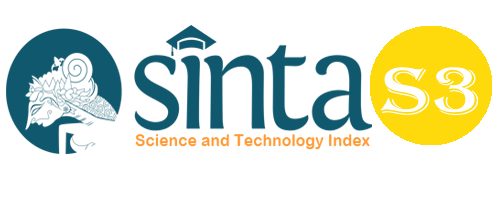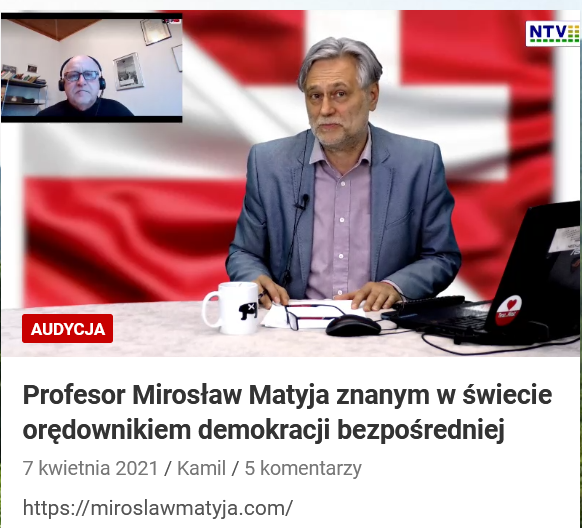Speech Function in Marhata Sinamot Prewedding Ceremony of the Simalungun
Abstract
The aims of this study is to find out the speech function strategy used in marhata sinamot and how is the realization in mood. This research uses a qualitative descriptive method and used speech function’s theory of Halliday and Matthiessen theory (2014) and Saragih (2014). The result of this study shows that there are 243 clauses of speech function in marhata sinamot, and found 3 there types of speech function used in Marhata Sinamot prawedding ceremony, namely Statement, Question, and Command. The dominant speech function is statement. The statements which are realized in the mood of declarative were highly used in Marhata Sinamot because the speakers in Marhata Sinamot succeed in opting for declarative clauses in expressing their gratitude each other in going to be a family. In addition, the different customary rules between both families make giving each other more information in this event. While the realization of speech function in Marhata sinamot are found 2 types. The first is congruent realization found 229 clauses or about 94.3 % and second is metaphorical realization found 14 clauses or about 5.7%, they are 4 clauses of statement are realized in interrogative mood and 10 clauses of statement are realized in imperative mood. And the methaporical clause appears in Marhata Sinamot is influence of age and social position in Simalungun culture.
Keywords
Full Text:
PDFReferences
Bloner (2016). Marhata Sinamot Translational Texts: Toba Batak-English Semantic Features Analysis of Modality. Disertation. Repositori Universitas Sumatera Utara. http://repositori.usu.ac.id/bitstream/handle/123456789/6555/108107020.pdf?sequence=1&i sAllowed=y
Bloner, T. (2018). Realization and functional use of modality in Marhata Sinamot texts. International Journal of Multidisciplinary Research and Development. Volume 5; Issue 1; January 2018; P. 75-81. file:///C:/Users/Administrator/Downloads/4-12-72-128.pdf
Grolier, A. (1992). New Webster‟s dictionary. Connecticut: Grolier.
Hutagalung, H. et al. (2020). Marhata Sinamot Pada Budaya Batak Toba Kajian Semantik. Jurnal Education and development Institut Pendidikan Tapanuli Selatan. Vol.8 No.4 Edisi Nopember 2020. https://journal.ipts.ac.id/index.php/ED/article/view/854/1379
Halliday, M. A. K. (2004/1994). An Introduction to Functional Grammar. London: Arnold Hewings.
Halliday, M., & Matthiessen, C. (2014). Introduction to Functional Grammar (4rd ed.). London: Routledge.
Manik, H. (2012). Makna dan Fungsi Tradisi Sinamot dalam Adat Perkawinan Sukubangsa Batak Toba di Perantauan Surabaya. BioKultur, Vol.I/No.1/Januari-Juni 2012, hal. 19. https://journal.unair.ac.id/download-fullpapers-02%20Helga--TRADISI%20SINAMOT%20DALAM%20ADAT%20PERKAWINAN%20SUKU%20B ATAK%20TOBA%20DI%20PERANTAUAN%20Rev.pdf
Manurung, L., et al. (2019). Bataknese‟ Politeness Strategy in Marhata Sinamot (Dowry Bargaining). Advances in Social Science, Education an HumanitiesResearch, volume338.file:///C:/Users/Administrator/Downloads/125915962%20(2).pdf
Manurung, L. (2020). Strategi Bertutur Menolak Oleh Masyarakat Batak Tobapada Kegiatan Marhata Sinamot (Tawar-Menawar Mahar). Kadera Bahasa, Volume 12, Nomor 1, Edisi April 2020.file:///C:/Users/Administrator/Downloads/STRATEGI_BERTUTUR_MENOLAK_OLEH_MASYARAKAT_BATAK_TO%20(1).pdf
Matthiessen, C., & Halliday, M. (2009). Systemic Functional Grammar: A First Step Into TheTheory.
Miles, MB & Huberman, AM. (1994). Qualitattive Data Analysis. Thousand Oaks, CA: Sage Publications
Miles, MB, Huberman, and Saldana. (1994). Qualitattive Data Analysis. London : Sage Publications. Inc
Moleong, lexy J. (2017). Metodologi Penelitian Kualitatif. Bandung : Remaja Rosdakarya.
Saragih, Amrin. (2014). Discourse Analysis: A Study on Discourse Based on SystemicFunctional Linguistic Theory. Medan: Universitas Negeri Medan Press.
Saragih, Amrin. (2017). Variation And Functional Varieties of Language. Mahara Publishing: Tangerang, Banten.
Sinaga, S. (2014). Buku Adatni Simalungun. Cetakan ke III. Pematang Raya. (tidak di terbitkan)
DOI: https://doi.org/10.33258/birci.v5i1.4416
Article Metrics
Abstract view : 37 timesPDF - 28 times
Refbacks
- There are currently no refbacks.

This work is licensed under a Creative Commons Attribution-ShareAlike 4.0 International License.

This work is licensed under a Creative Commons Attribution-ShareAlike 4.0 International License.

_.gif)

















_.gif)



